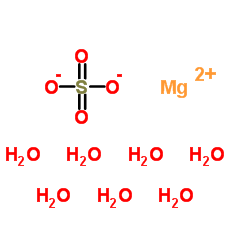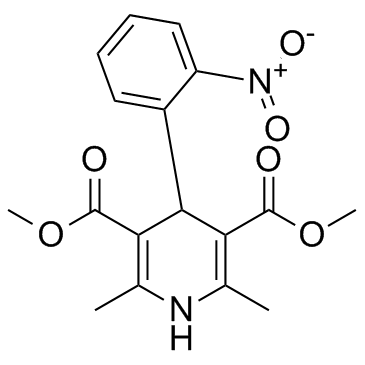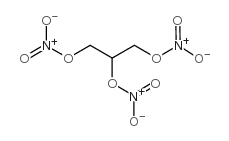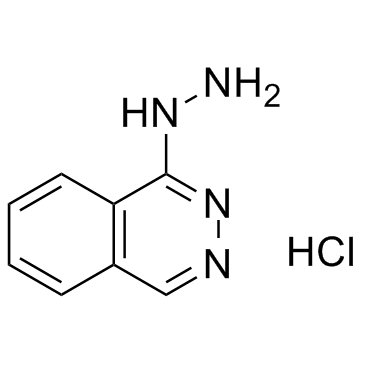| Structure | Name/CAS No. | Articles |
|---|---|---|
 |
magnesium sulfate heptahydrate
CAS:10034-99-8 |
|
 |
magnesium sulfate
CAS:7487-88-9 |
|
 |
Nifedipine
CAS:21829-25-4 |
|
 |
Nitroglycerin
CAS:55-63-0 |
|
 |
Hydralazine hydrochloride
CAS:304-20-1 |